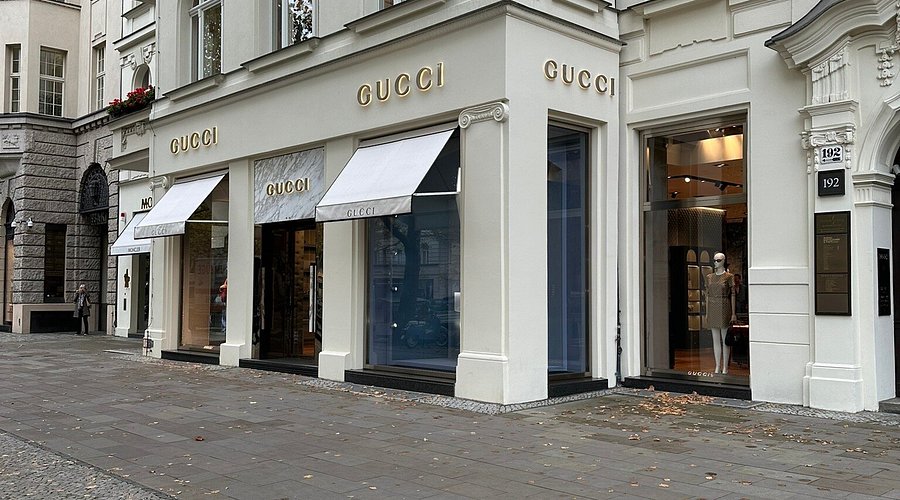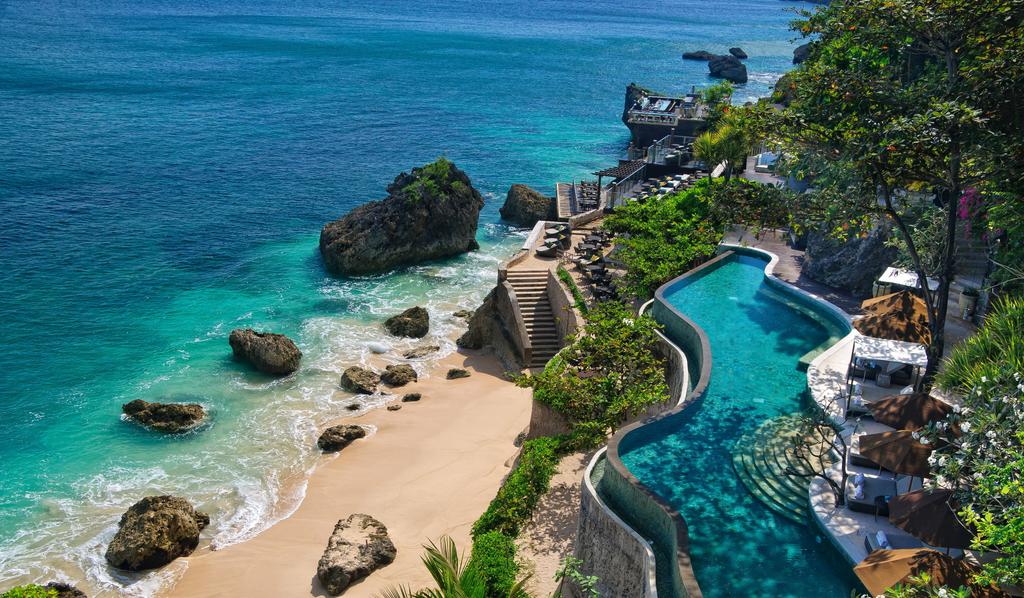Millionaires Quietly Investing in Desert Architecture as Climate Havens of the Future
By
John Carter
Last updated:
September 30, 2025
First Published:
September 30, 2025

Photo: Architect Cheers
A subtle shift in global wealth patterns
In recent years, an unexpected trend has been unfolding within the circles of the ultra-wealthy. While tropical islands and alpine retreats have long symbolized luxury, a new type of sanctuary is now quietly rising to prominence. Millionaires and billionaires are increasingly turning to deserts, commissioning striking architectural marvels that are designed not only for beauty but also for resilience against the challenges of tomorrow’s climate.
Why the desert is drawing the elite
Unlike bustling cities or fragile coastlines, deserts present a unique promise of permanence. Vast stretches of sand and stone are untouched, far removed from flooding coastlines or unstable mountain terrains. For the wealthy, this environment is more than an escape; it is a statement of foresight, an investment in regions where silence and security are guaranteed.
Architectural marvels born from sand
The structures being developed in these arid expanses are unlike conventional mansions or villas. They blend into the landscape with minimal disruption, often half-buried beneath dunes or carved into natural rock formations. Architects are experimenting with materials that can withstand both scorching heat and sudden cold nights, creating futuristic designs that appear otherworldly while remaining deeply functional.
A blend of sustainability and opulence
What makes these projects fascinating is how they merge environmental awareness with indulgent comfort. Solar fields power the estates, underground reservoirs preserve precious water, and self-cooling wall systems keep interiors naturally regulated. Yet, within this sustainability lies luxury—private art galleries lit by filtered desert sun, meditation courtyards that echo ancient traditions, and infinity pools stretching into endless horizons.
The psychology of desert living
For the wealthy, the desert is not simply a refuge from climate uncertainty but a deeper emotional retreat. The vast emptiness represents freedom from noise, eyes, and expectations. In a world where every move of the rich is scrutinized, a desert home offers something rare: the ability to disappear while still being surrounded by grandeur.
Cultural echoes of ancient civilizations
Many of these modern havens draw inspiration from civilizations that once thrived in deserts. From the architectural wisdom of Petra to the mystical geometry of Moroccan kasbahs, the new desert estates borrow both function and symbolism. They represent a continuity of human resilience in extreme landscapes, reimagined with twenty-first century technology.
The discreet nature of ownership
Unlike seafront villas or alpine chalets proudly displayed on glossy magazine covers, desert properties are rarely publicized. Ownership is discreet, often hidden under trusts or shell companies. Their locations are intentionally vague, known only to a handful of architects, builders, and the elite families themselves. This discretion enhances their allure, making them both private refuges and symbols of untouchable exclusivity.
Economic ripple effects in desert regions
The rise of desert architecture has also sparked subtle economic ripples. Small desert towns are seeing new industries emerge, from high-tech construction firms specializing in arid engineering to artisanal craftsmen hired to design interiors that reflect local heritage. This quiet influx of wealth reshapes entire regions without the noise of tourism.
Future-proofing wealth through architecture
For many high-net-worth individuals, these desert estates are more than lifestyle choices; they are strategies of preservation. As global discussions on climate instability grow louder, investing in resilient architecture situated in stable terrains becomes a form of wealth insurance. To own a desert retreat is not only to enjoy it today but also to secure tomorrow’s legacy.
A reflection of where luxury is headed
This discreet movement into deserts signals a wider redefinition of luxury itself. No longer tied only to glamour, luxury is increasingly intertwined with foresight, resilience, and quiet power. In the coming years, the deserts of the world may host some of the most remarkable estates ever built—silent palaces that represent the future of wealth and its quest for permanence.
Subscribe to unlock premium content
Sed at tellus, pharetra lacus, aenean risus non nisl ultricies commodo diam aliquet arcu enim eu leo porttitor habitasse adipiscing porttitor varius ultricies facilisis viverra lacus neque.
A comprehensive guide on Agile development

10 Productivity tools that are worth checking out

Top 7 Must have management tools for productivity

A comprehensive guide on Agile development

10 Productivity tools that are worth checking out

A comprehensive guide on Agile development








.png)
